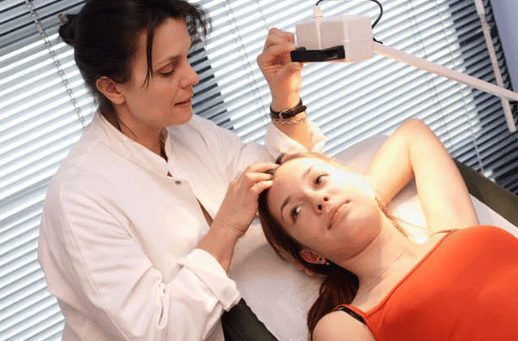Skin HIV-1 and HIV-2 Symptoms
HIV, a virus that compromises the immune system, can lead to widespread physical symptoms, notably affecting the skin with rashes and blisters. These skin manifestations are often prominent in HIV-positive individuals, particularly around the neck and face areas.
HIV-1 and HIV-2 are two types of the human immunodeficiency virus (HIV). Although both are chronic conditions, they are manageable with proper treatment, allowing individuals to lead long and healthy lives.
But how exactly do HIV-1 and HIV-2 impact your skin? What do these symptoms look like? Keep reading to find out.
Understanding Skin HIV-1 and HIV-2 Symptoms
The appearance of skin symptoms due to HIV-1 and HIV-2 can occur either early or later after contracting the virus. Approximately 90% of HIV patients experience skin changes and symptoms at some stage of the infection. For many, these skin conditions can be some of the first indicators of the virus.
With effective viral management, skin-related issues have become less prevalent among those with HIV. Additionally, these symptoms are now generally less severe and easier to treat.
Below are some common skin symptoms associated with HIV-1 and HIV-2:
Rashes: One of the most common symptoms, HIV rash, typically appears as a flat red area on the skin covered with tiny bumps. This can also be a side effect of medications used to treat HIV.
Shingles: Shingles present as painful, blistering rashes resembling water blisters. A weakened immune system, often due to untreated HIV or stage 3 HIV, makes a person more susceptible to developing shingles. Severe complications are more likely if the patient has a low count of CD4 cells and a high HIV viral load.
Lesions: Skin lesions are areas of skin that differ from the surrounding tissue and can appear as lumps or patches. These can occur due to various triggers, including HIV, and typically take one to two weeks to heal.
What Does HIV Look Like on the Skin?
Whether due to an HIV medication or the virus itself, the rash generally appears as a red, flattened region on the skin, often covered with small red bumps. This rash might be itchy and painful.
HIV can also cause various other rashes, which may differ in appearance. These rashes can be a direct result of the HIV infection or be indirectly caused by HIV-related medications, other conditions, and health issues. Identifying the timing and reasons for these rashes is crucial, as certain types may indicate a serious underlying health problem.
If you notice any unusual rashes and believe you might have been exposed to the virus, seek testing for HIV immediately.
